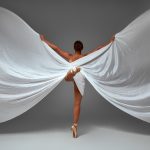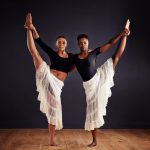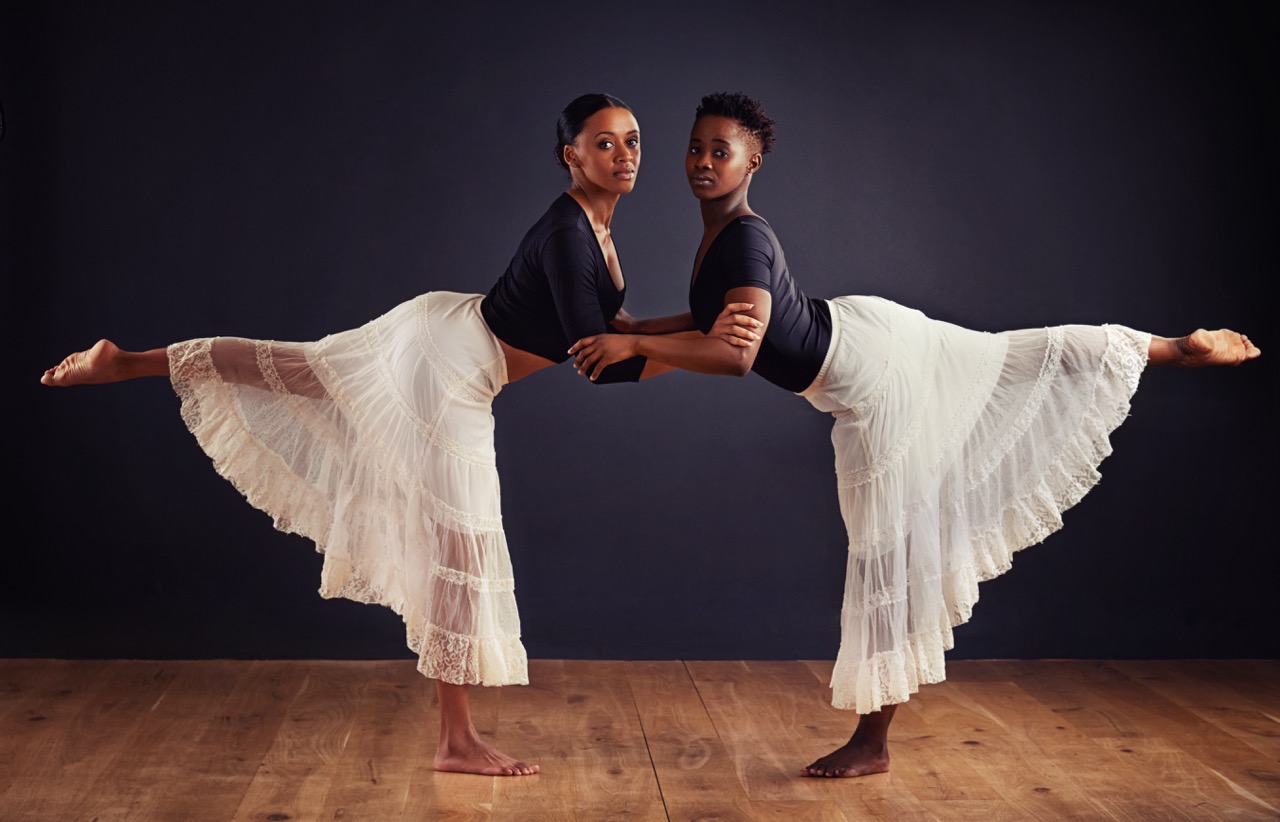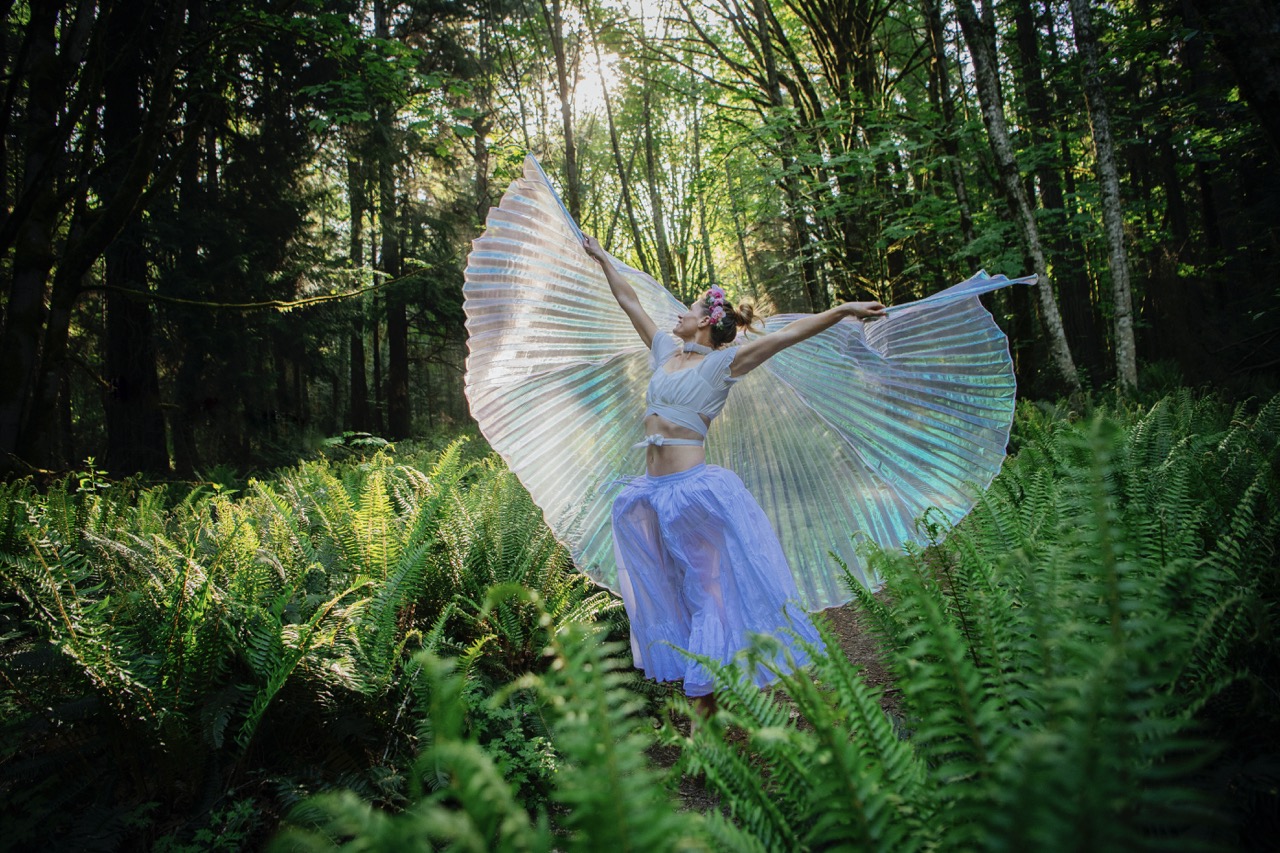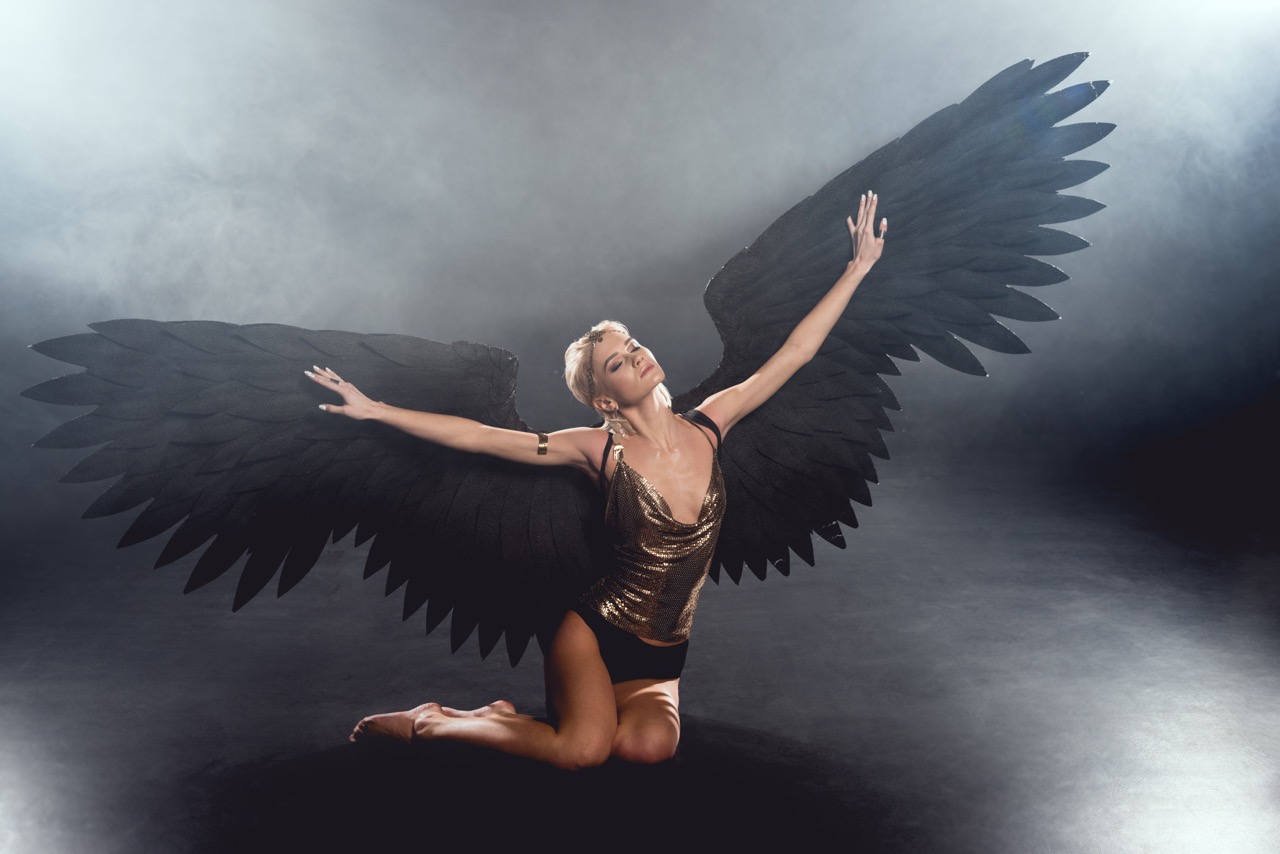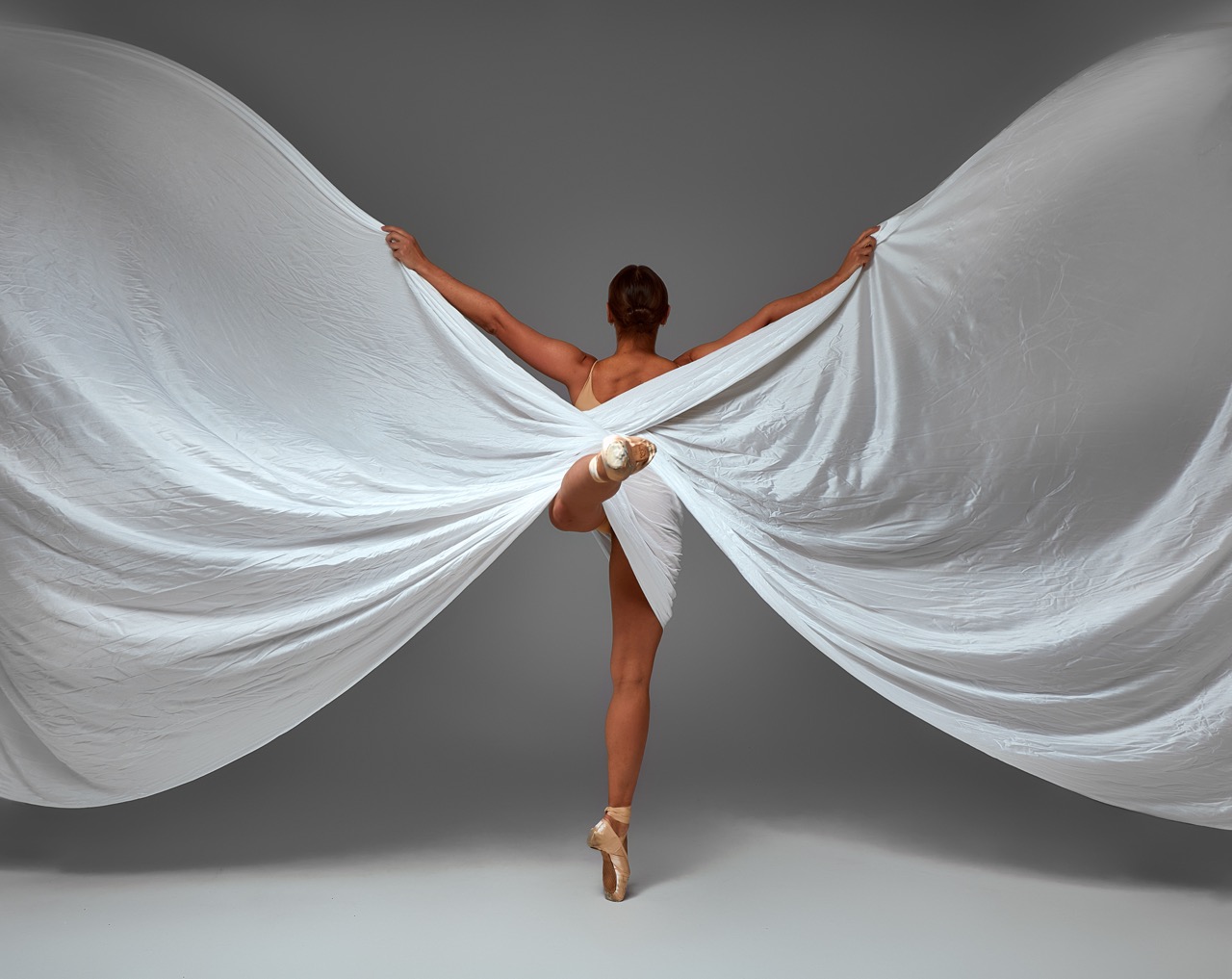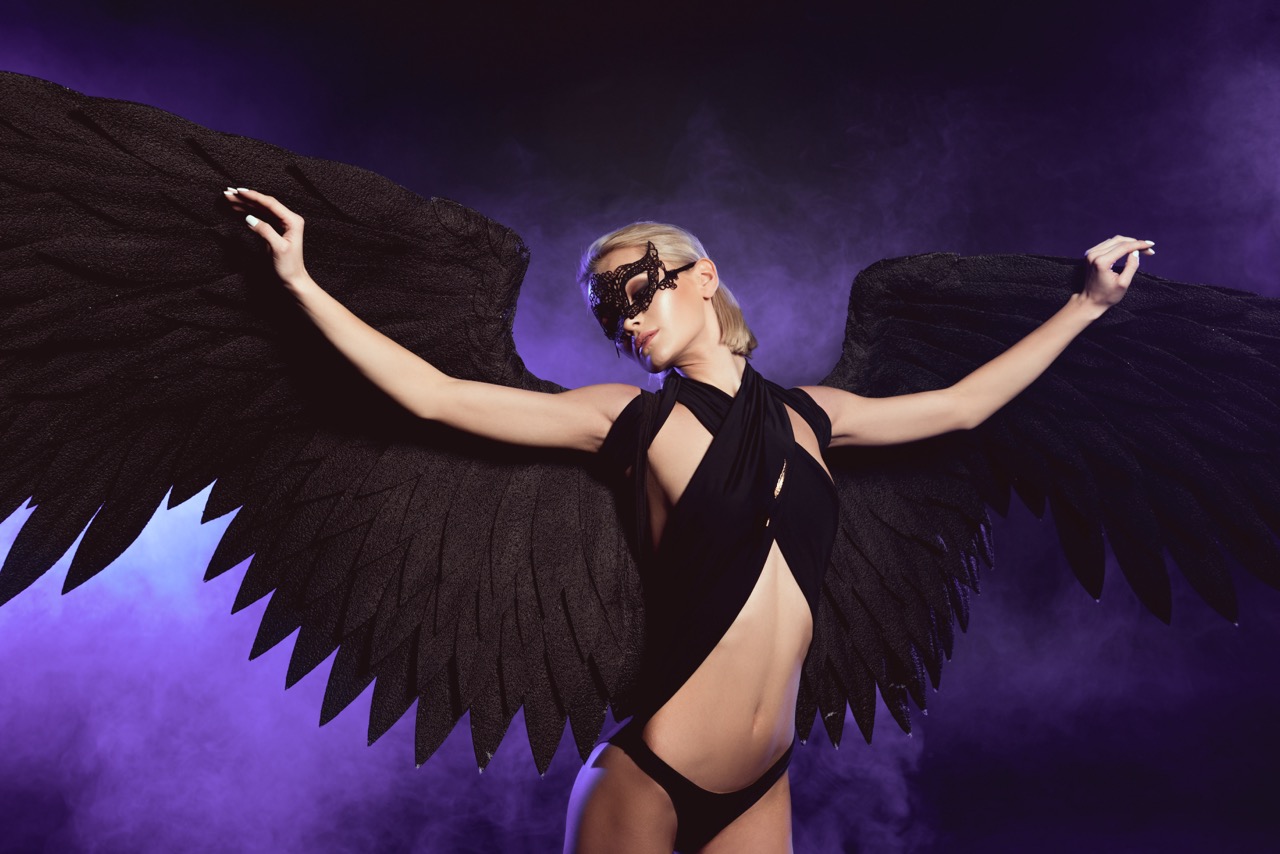Color plays a pivotal role in the world of dance, particularly when it comes to the use of dance wings. These flowing, ethereal extensions of a dancer’s body not only enhance movement but also become a canvas for expression through vibrant colors. The choices made in colors can elevate the aesthetic experience, resonate emotionally with the audience, and contribute to the identity of the performance itself. This article delves into the multifaceted impact of color choices in dance wings, illuminating their significance in the artistry and narrative of dance.
The Artistry of Color: Elevating Dance Wing Aesthetics
The visual impact of dance wings is undeniably enhanced by the careful selection of colors. Bright and bold hues can create a striking contrast against the dancer’s attire and the stage environment, drawing the audience’s attention and evoking awe. Colors like crimson, sapphire, and gold can transform the dance wings into a breathtaking display that transcends the ordinary, allowing the dancer to embody the emotional and thematic undercurrents of the performance.
Additionally, the interplay of colors with light can create mesmerizing effects. As dance wings flutter and sway, they catch and reflect light in ways that can change the perception of color from one moment to the next. This dynamic quality adds layers to the visual experience, inviting viewers to not only appreciate the skill of the dancer but also to engage with the art of color in motion. This synergy between movement and color breathes life into performances, enriching the overall aesthetic appeal.
Moreover, the choice of color can also reference cultural symbolism, adding depth to the artistic expression. For instance, colors are often imbued with meanings that can range from joy to sorrow, love to loss. When dance wings are designed with these meanings in mind, they can serve as a poignant reminder of the stories being told, further enhancing the artistry of the dance. The thoughtful integration of color into dance wings not only elevates the visual experience but also invites a deeper connection with the audience.
Emotional Resonance: How Colors Influence Dance Narratives
Colors have a profound ability to evoke emotions, and this emotional resonance is pivotal in dance narratives. For instance, warm colors like red and orange can exude passion and energy, while cooler shades of blue and green may evoke calmness or melancholy. When integrated into dance wings, these colors can amplify the emotional landscape of the performance, allowing dancers to communicate feelings without the need for words. In this way, colors become an integral part of the narrative, enriching the storytelling aspect of dance.
As dance wings sweep across the stage, the colors they display can guide the audience’s emotional journey. A shift from bright, energizing colors to darker, more muted tones can signal a transition in the narrative, mirroring the character’s development or the evolution of the story being told. This visual cue enhances audience engagement, allowing them to empathize with the emotional highs and lows of the performance. The power of color enables dancers to convey complex emotions and transform the viewing experience into a deeply felt connection.
Furthermore, choreographers and performers often use color to create intentional contrasts that emphasize critical moments in the dance. The sudden introduction of a bold color can serve as a catalyst for heightened emotion or drama, while softer hues may provide moments of reflection. Through this strategic use of color, dance wings contribute to the overall emotional architecture of the performance, underscoring themes and enhancing audience immersion.
The Science Behind Color Perception in Performance Art
Understanding color perception is crucial for dancers and choreographers alike, as it influences how audiences interpret and react to performances. The psychology of color suggests that different hues can elicit distinct psychological responses, shaping the audience’s perception of the dance. For example, studies show that colors like yellow can evoke feelings of happiness and optimism, while shades of gray may lead to feelings of sadness or neutrality. This understanding can guide artists in their color choices, ensuring that the intended emotional response aligns with the narrative they wish to convey.
Moreover, the principles of color theory, including the concepts of complementary and analogous colors, play a significant role in designing dance wings. Complementary colors can create visual tension and excitement, while analogous colors can evoke harmony and unity. By carefully choosing color combinations, choreographers can craft a visual language that enhances the narrative and emotional content of the dance, creating a richer experience for the audience. This scientific understanding of color dynamics allows artists to use color not only as an aesthetic choice but also as a tool for storytelling.
Additionally, the physical properties of colors can affect how they are perceived on stage. Factors such as lighting, fabric texture, and stage design can all influence how colors appear to the audience. A vibrant red might appear dull under certain lighting conditions, while a soft pastel could become radiant in a spotlight. Therefore, a comprehensive understanding of these elements is crucial for achieving the desired effect. By balancing artistic intent with scientific insights, dancers can ensure that their color choices resonate powerfully with the audience.
Crafting Identity: Color Choices in Dance Wing Design
In the realm of dance, color serves as a powerful tool for establishing identity—both for the dancer and the performance. The choice of color in dance wings can reflect an individual dancer’s personality or the thematic essence of the piece. For example, a dancer aiming to portray fierceness might opt for bold, fiery colors, while a more whimsical character could be represented through pastel tones. This personal touch not only enhances the visual impact but also allows the dancer to fully embody their character, creating a cohesive performance identity.
Moreover, color choices in dance wing design contribute to the larger cultural and artistic identity of dance forms. In genres such as Flamenco or Bharatanatyam, specific colors may hold significance, symbolizing cultural heritage and storytelling traditions. By carefully selecting colors that honor these traditions, choreographers and dancers can connect with their roots while also pushing the boundaries of contemporary dance. This blend of history and innovation creates a rich tapestry of identity, reflecting both personal and cultural narratives.
Finally, the collaborative nature of dance—where costume designers, choreographers, and dancers come together—means that color choices can also reflect a collective identity. The synergy between team members can lead to unique color palettes that resonate with the performance’s themes, enhancing the overall artistic vision. In this way, dance wings become a symbol of unity, where color acts as a bridge connecting individual expression to a collaborative artistic endeavor.
In conclusion, the impact of color choices in dance wings extends far beyond mere aesthetics. Colors play a crucial role in elevating the beauty of dance, resonating emotionally with audiences, and crafting narratives that are rich and profound. The understanding of color perception and its significance allows dancers and choreographers to harness its power effectively, creating performances that are not only visually stunning but also deeply moving. As dance continues to evolve, the thoughtful exploration of color will undoubtedly remain an integral part of this dynamic art form, enriching the experience for all who witness its magic.


